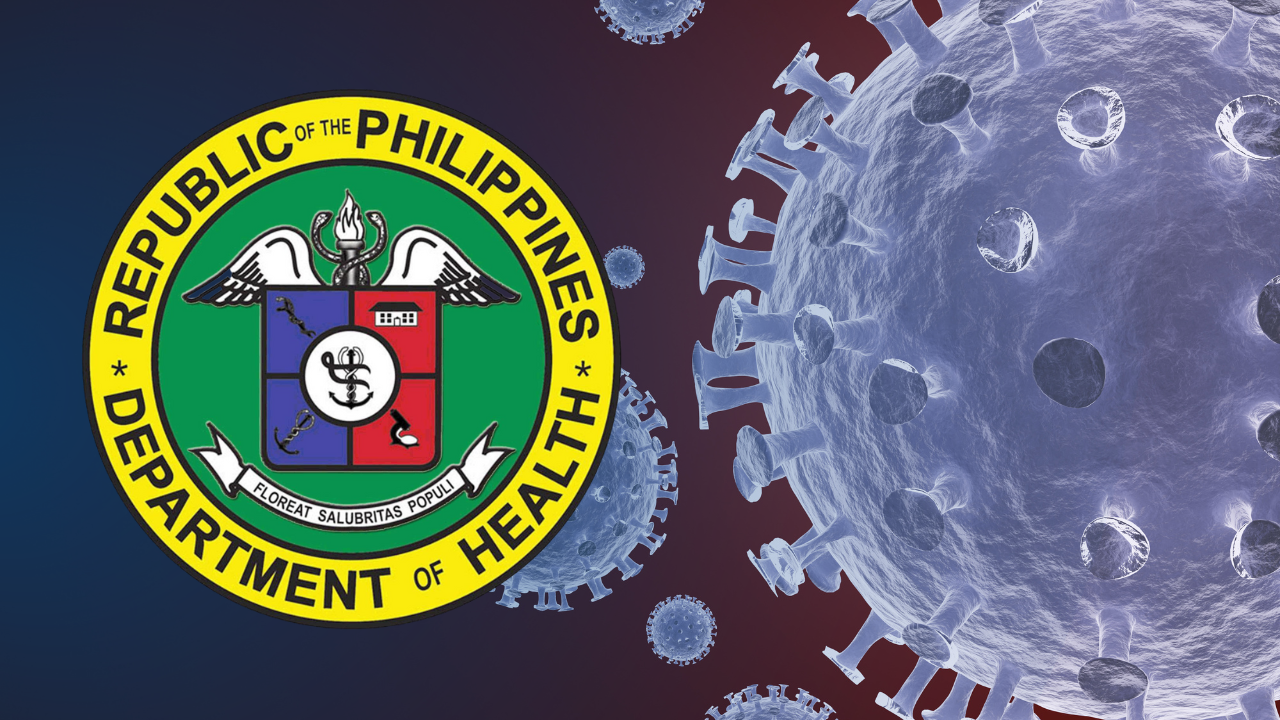The Delta variant remained the dominant coronavirus variant in the country, although the majority of cases in recent weeks were of the more transmissible Omicron sublineage BA.5, the Department of Health (DOH) said, citing the results of the latest genome sequencing.
Still, Health Undersecretary Maria Rosario Vergeire explained that these latest laboratory results “do not capture” the actual overall situation since not all cases are subjected to tests.
“Based on the current [results,] we see that among the samples sequenced these past weeks, [most cases] are BA.5. But we have to be careful in concluding the results,” Vergeire said in an online forum on Thursday.
The Delta variant, which drove infections to go as high as 26,000 in September last year, remained the dominant variant “cumulatively,” she said.
Based on the updated genome sequencing results from June 29 to July 4, 140 cases of BA.5 were detected, most of which had already recovered.
Total of 233 so far
Of the number, 99 were from Western Visayas, 21 from Metro Manila, seven from Calabarzon, five from Ilocos and one each from seven other regions. One case was a Filipino who had just returned from abroad.
Sixteen of the patients were fully vaccinated, three had not been immunized. The vaccination status of the other cases was still being verified as of Thursday.
Last week, the DOH reported 50 cases to be that of the BA.5 sublineage. Thursday’s added figure brought the total number of BA.5 cases in the country to 233 since the detection of the first two were announced on June 3.
There were also 20 new cases of Omicron subvariant BA.2.12.1 and seven more cases of BA.4.
A couple who work in Pasay City and went to Marilao, Bulacan province, to cast their votes in the May 9 elections were the first two confirmed cases of BA.5 in the country.
BA.5 has been classified among the “variants of concern/lineages under monitoring.”
According to health experts, it is up to 30 percent more transmissible than the “stealth subvariant” BA.2.


